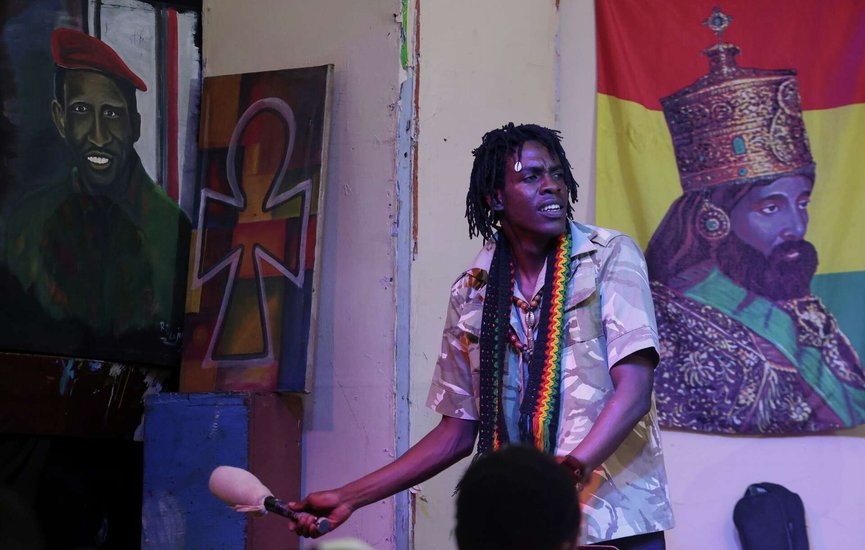At a recent ceremony near Nairobi, a new Rastafari temple was inaugurated, drawing faithful who gathered to sing, read Scripture, and share teachings on living in harmony.
This event marked the opening of a tabernacle constructed from wooden poles and iron sheets, a simple yet significant symbol of the Rastafari movement’s growing presence in Kenya.
The community, once regarded with skepticism, began gaining legal recognition in 2019 after a court ruling that upheld the rights of a student who had been expelled for refusing to cut her dreadlocksoften a mark of Rastafarian identity citing religious discrimination. The ruling affirmed Rastafari as a legitimate religion, a decision later upheld by the Supreme Court.
The Rastafari movement, which began in 1930 with the coronation of Emperor Haile Selassie I of Ethiopia, believes that Selassie was the embodiment of the biblical Jesus. Despite his overthrow in a 1974 coup and his death shortly thereafter, the movement has continued to inspire communities worldwide, from the United States to Ghana.
In Kenya, where Christianity and Islam dominate, the exact number of Rastafarians remains unclear. However, the opening ceremony in Ruai, 25 kilometers east of Nairobi, attracted at least 30 followers. The community is divided into three "mansions" - Nyabinghi, Bobo Ashanti, and The Twelve Tribes of Israel each representing smaller groups of worshippers. Unlike traditional places of worship, Rastafari tabernacles are built with simple materials, often adorned with the movement’s red, yellow, and green colors.
Rastafarians are known for their unique Afrocentric spirituality, advocating for peace, opposing oppression, and celebrating music and art. Reggae legend Bob Marley, one of the most famous Rastafarians, brought global attention to the faith. However, the community faces challenges, often being misunderstood and stereotyped in East Africa, where they are sometimes associated with laziness or the use of marijuana, a substance central to their religious rituals.
Despite these challenges, the movement is gaining momentum in Kenya, especially among young people. Ng’ang’a Njuguna, a Rastafari elder, emphasizes that Rastafari is not just a religion but a way of life - one that connects people to nature, animals, and the spiritual world. For some, like 26-year-old Fedrick Wangai, converting to Rastafari was a means of breaking free from Western religious traditions.
Wangai, who grew up in a Christian household, felt that Christianity had contributed to divisions among Black people. Meanwhile, Christine Wanjiru, one of the oldest members, recalls the stigma and discrimination Rastafarians faced in the past but notes that more people are now embracing the faith.
As the movement continues to grow, especially among young Kenyans, Njuguna believes its appeal lies in its lifestyle, diet, art, and unique way of living.
